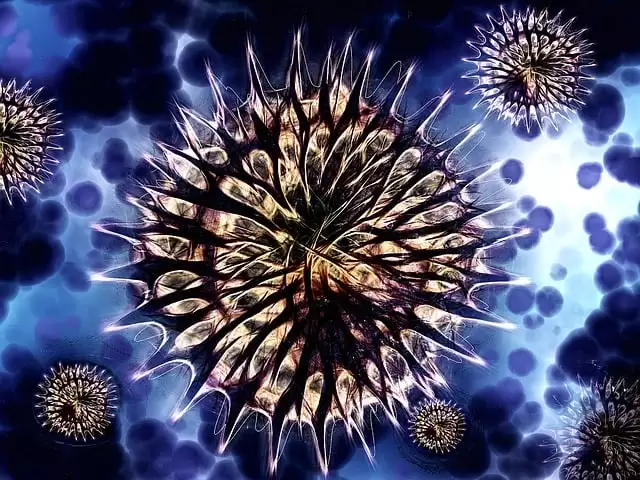Pest infestations can be a homeowner’s worst nightmare. More troubling is that many of these infestations remain hidden until significant damage has been done. To help homeowners act promptly and mitigate potential issues, it’s crucial to understand the signs of hidden infestations. This article provides an in-depth look into the subtle indicators of the presence of unwanted critters and how to deal with them, including assistance from professionals like Pestcom Pest Control.
Understanding the Importance of Early Detection
Detecting a pest infestation early is of paramount importance. Pests can cause health issues, damage property, and become a source of stress. Moreover, the longer pests inhabit a space, the harder and more costly it becomes to eliminate them. Recognizing the early signs ensures a timely and effective response.
Physical Evidence of Pests
- Droppings: One of the most unmistakable signs of pests is their droppings. These can vary in size and shape, depending on the pest. For instance, rodent droppings are usually larger than those of insects.
- Damaged Goods: Pests, especially rodents, often gnaw on various items. If there’s unexplained damage to furniture, wires, or food packages, it’s a good indicator of their presence.
- Nests or Burrows: Some pests build nests using materials they find around, while others burrow into walls or the ground. Unexplained holes or piles of shredded paper or fabric can be a telltale sign.
Behavioral Evidence of Pests
- Nocturnal Sounds: Many pests are active during the night. Sounds of scurrying, buzzing, or chirping in the darkness can indicate their presence.
- Unusual Pet Behavior: Pets often sense or notice pests before humans do. If a cat or dog is paying particular attention to a certain area or acting restless, it’s worth inspecting that spot.
Traces and Marks
- Tracks and Trails: Some pests leave noticeable tracks or trails. For example, rats might leave tail drag marks, while ants usually follow a scent trail that they leave behind.
- Grease Marks: Rodents often travel the same paths repeatedly. Over time, they leave behind grease marks and residue from their bodies along walls or baseboards.
Environmental Signs
- Unpleasant Odors: A musty or unexplained odor can be a sign of a hidden infestation. For instance, cockroaches produce a distinct, oily smell.
- Moisture and Dampness: Pests, like termites and silverfish, thrive in moist environments. Unexplained dampness or water damage can be an indirect sign of their presence.
Reacting to the Signs
Upon noticing any of these signs, it’s essential to act swiftly. Here’s a step-by-step guideline:
- Document the Evidence: Make a note of what was observed and where. This information will be invaluable to pest control professionals.
- Avoid Over-the-Counter Solutions Initially: While there are many products available, they might not be effective against all pests and could even exacerbate the problem.
- Consult a Professional: Seeking the expertise of a pest control professional such as Pestcom Pest Control ensures the issue is handled effectively and safely. Share the documented evidence with them to provide a clear picture of the situation.
- Prevent Future Infestations: Once the current issue is addressed, it’s essential to take measures to prevent future infestations. This includes sealing any entry points, maintaining cleanliness, and scheduling regular inspections.
In Conclusion
A hidden pest infestation can catch anyone off guard. By understanding and recognizing the subtle signs of such an invasion, prompt action can be taken to ensure the safety and well-being of the living space. Always remember, prevention is better than cure. With regular checks and a bit of vigilance, maintaining a pest-free environment becomes a much simpler task.


